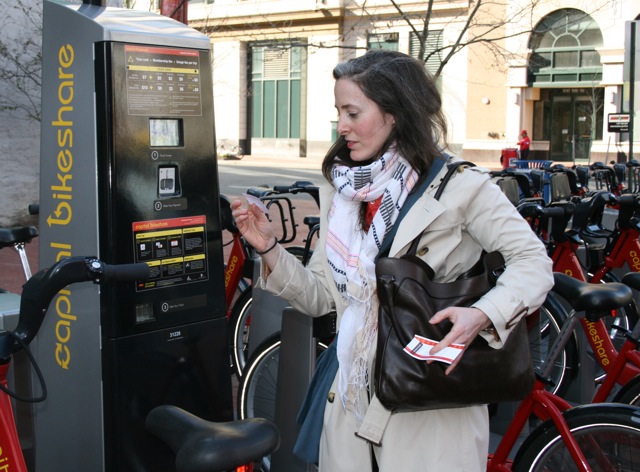I didn't ride this bike
as interesting as it looks. Parked outside a boutique in the "Village Suisse" not far from where I'm staying, it's the kind of bike that's all but impossible to find in the United States.
One thing I love about it is that it's a testament to how a well-made older bike can continue to serve someone, if in a different way from how its previous owner(s) rode it.
Just about any bike "of a certain age" will need to have its tires replaced. (I must say, though, that even a decade or so ago, I read and heard that owners of Raleigh three-speeds from the sixties or earlier will try any and all things to keep the original Dunlop tires--which, as I understand, were exclusive to Raleigh three-speeds--intact, if not ready for daily use.) Also, if the bike had caliper brakes, it will need new cables and pads. Chains and pedals also are often damaged, worn or missing. Finally, if the bike had a leather saddle, it might be dry-rotted or otherwise damaged from not getting the care it needed.
So it's no surprise to see new tires (or a front wheel) on this bike. As the bike has a coaster brake and, therefore, no derailleur or other shifting mechanism, there weren't any cables to replace. I don't know what kind saddle originally graced this machine, but it's a bit of a surprise to see something that looks like a Brooks Professional--albeit with holes punched in it--with such upright bars.
I really would have liked to ride that bike. I mean, really, how can you not love something with a reflector like this
even if it isn't the original?
I couldn't ride this bike. (Well, I could have, but I don't steal bikes--just lovers and spouses. ;-)) But I did get to borrow one somewhat like it--what seemed to be a French-made Dutch-style city bike--for a day.
Unfortunately, I neglected to photograph it, but it took me along the Left and Right Banks, and up to another "date" with my friend Jay.
About Velib: It's been a long time since I've seen a site or service so frustrating to use. When I typed in my information--including my home address and phone number--in the requested format (phone number with country code selected from drop-down format, the area code and number without any spaces or characters that aren't numerals and my address in the air-mail format), the site "auto corrected" them to the American format: (1 (212) 555-1212; 1600 Pennsylvania Avenue, Washington, DC, 20001, FRANCE) no matter how many times I went back and corrected it. Then, when I tried to buy a pass, the site said it couldn't process my request because my phone number and address weren't in the required format--which I typed in, repeatedly.
For years, I told people that I loved Paris and France, with the exception of Charles de Gaulle Airport. (Then again, how many airports do people actually "love?") Now I can add one other thing about this city and country that I don't love--and, in this case, actually hate: Velib Metropole, the official name of what everyone calls Velib.




.jpg)

.jpg)



























